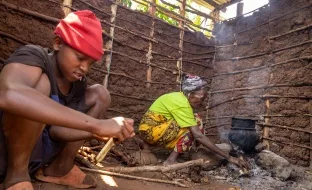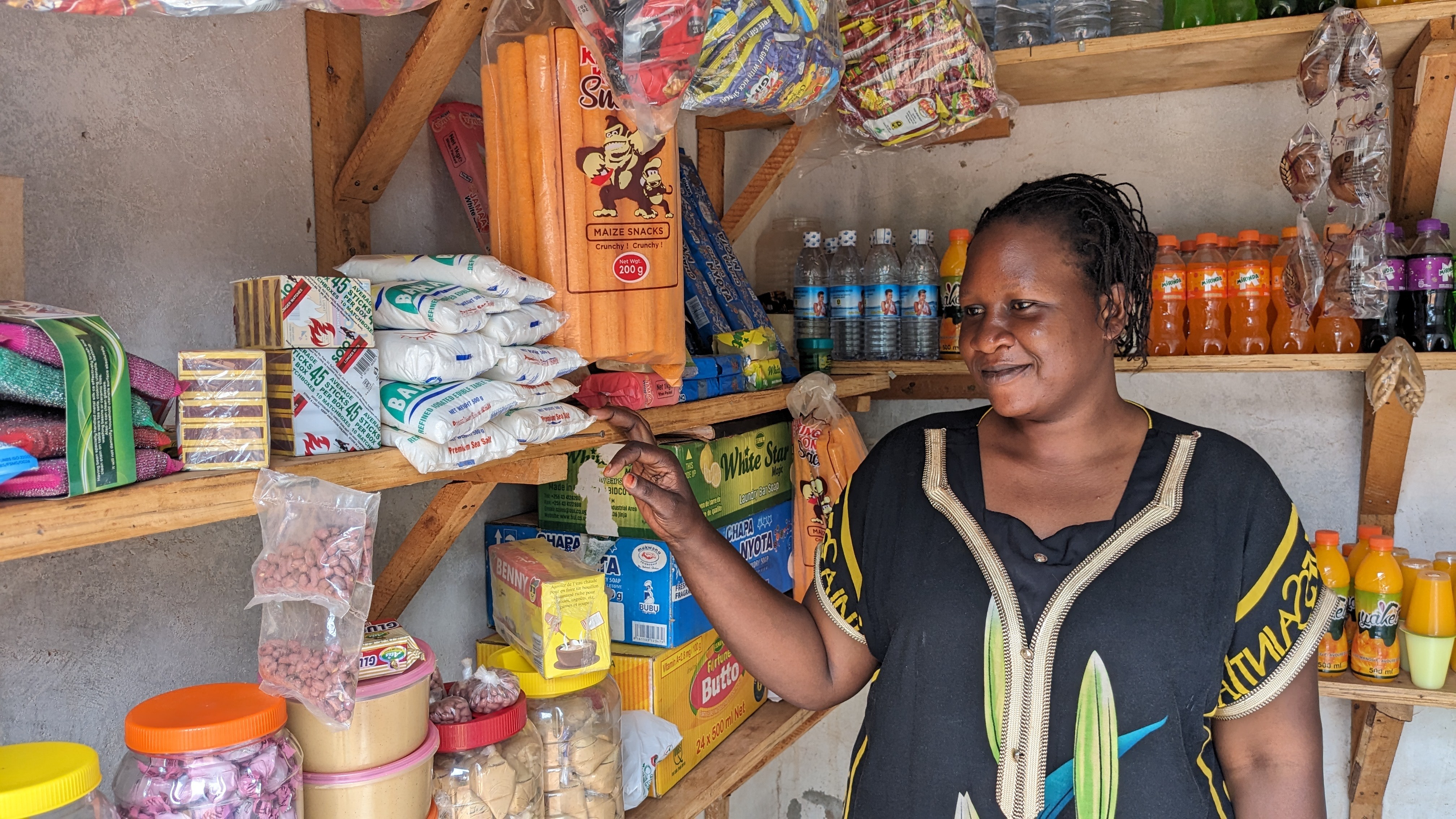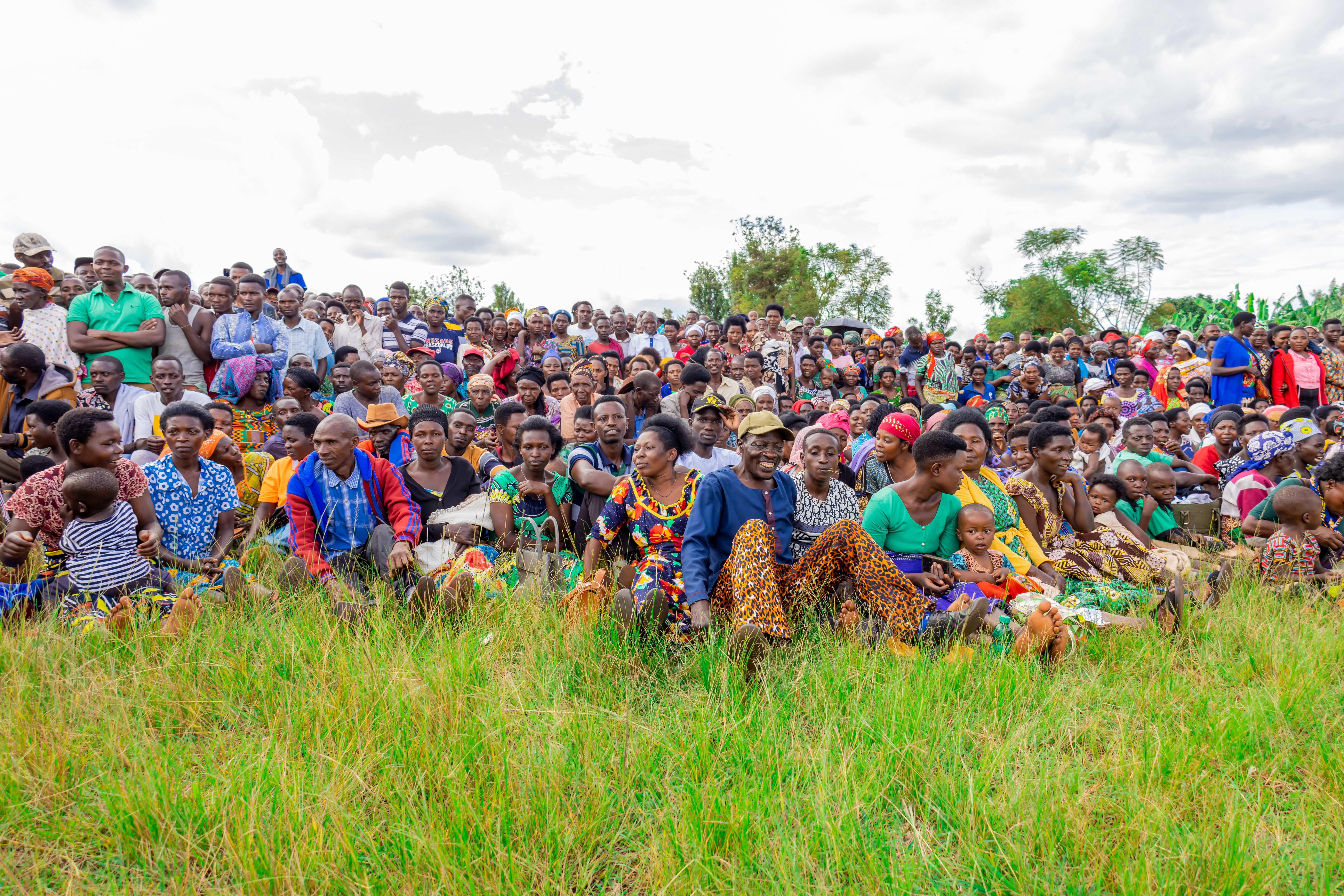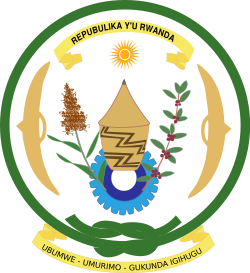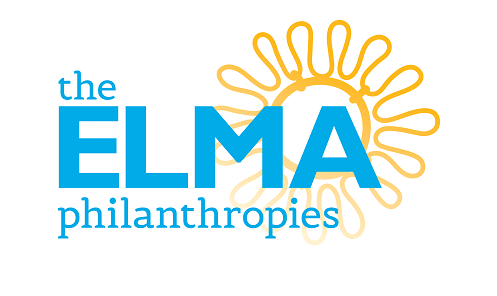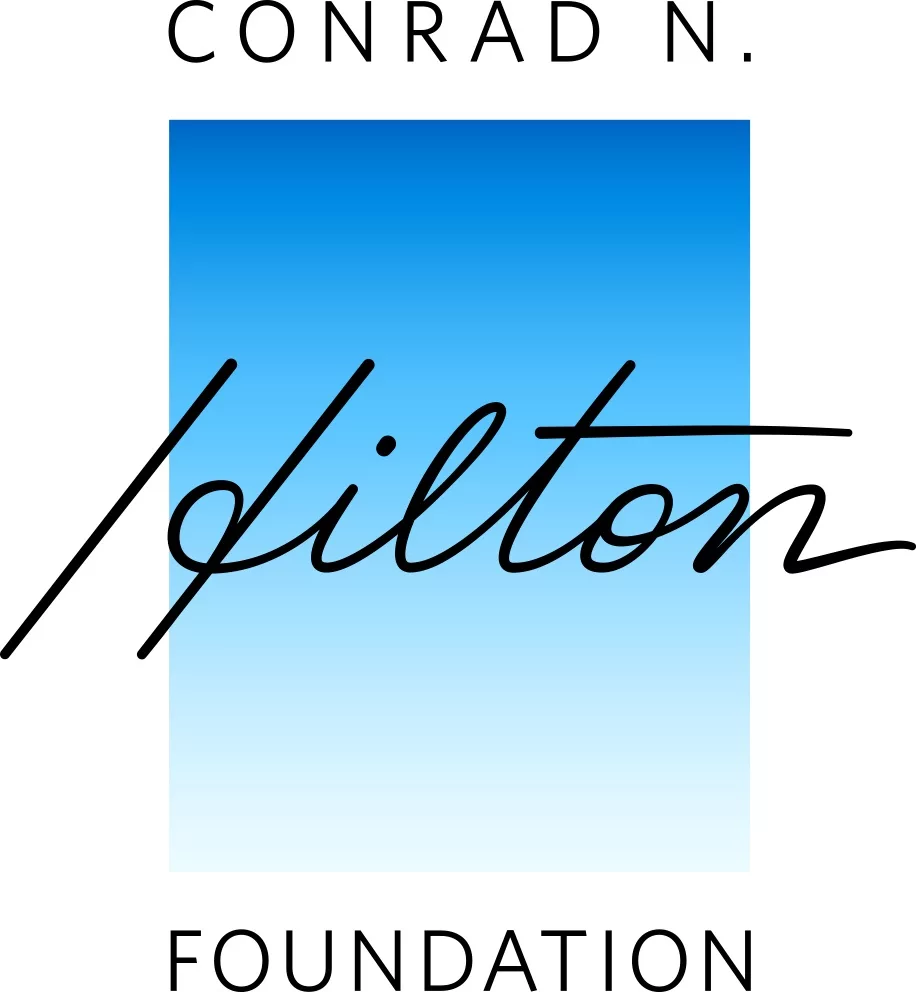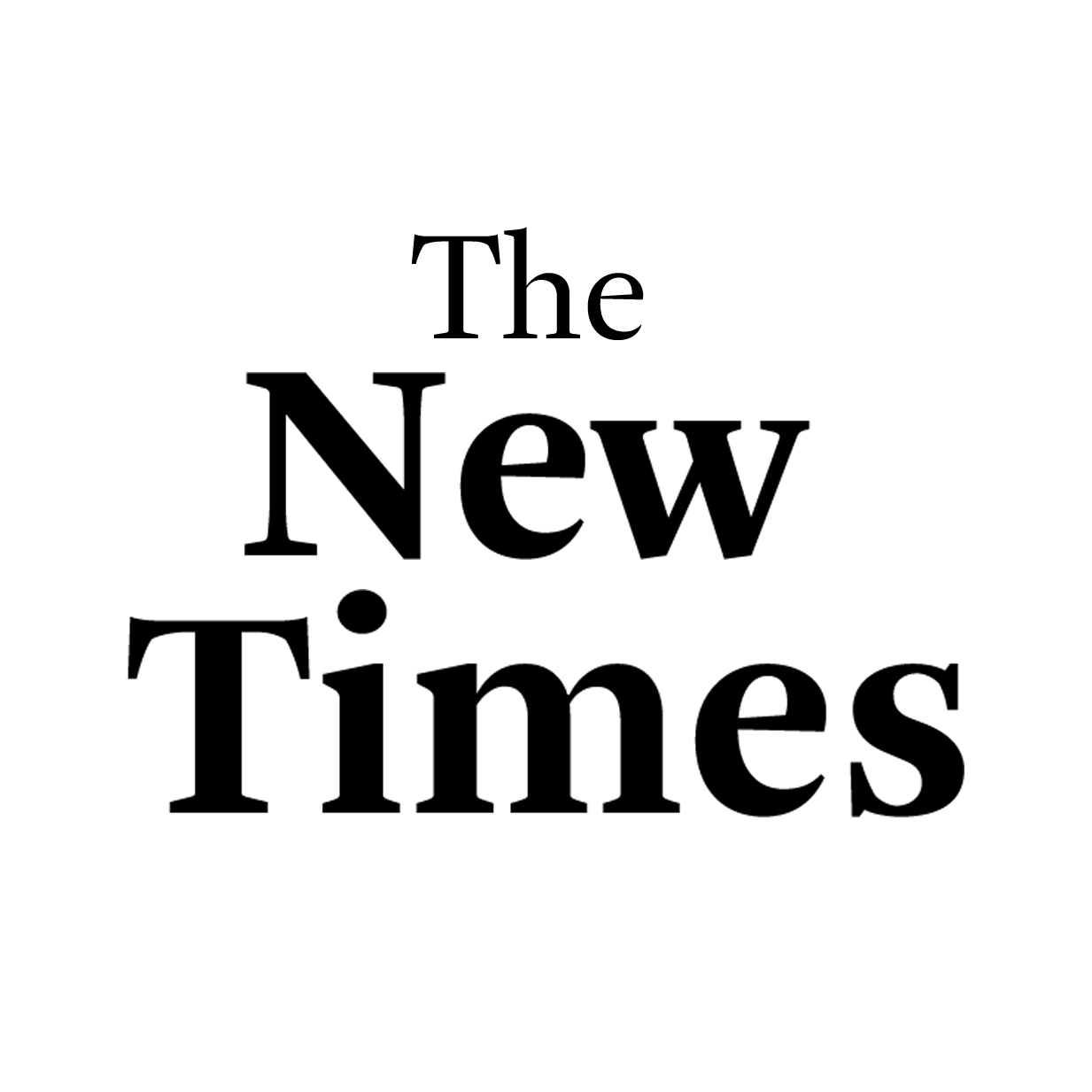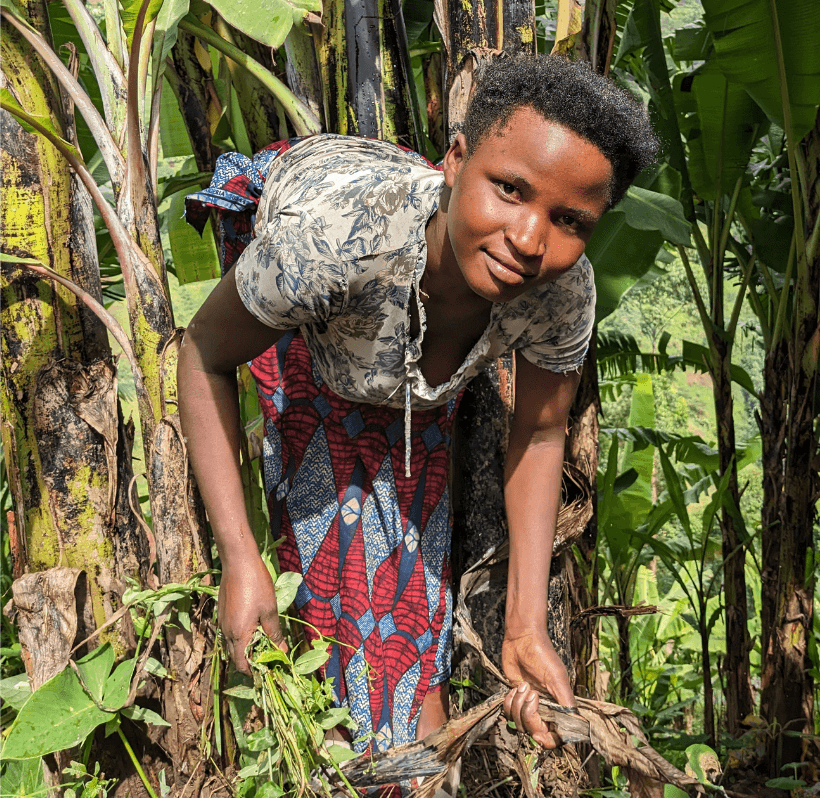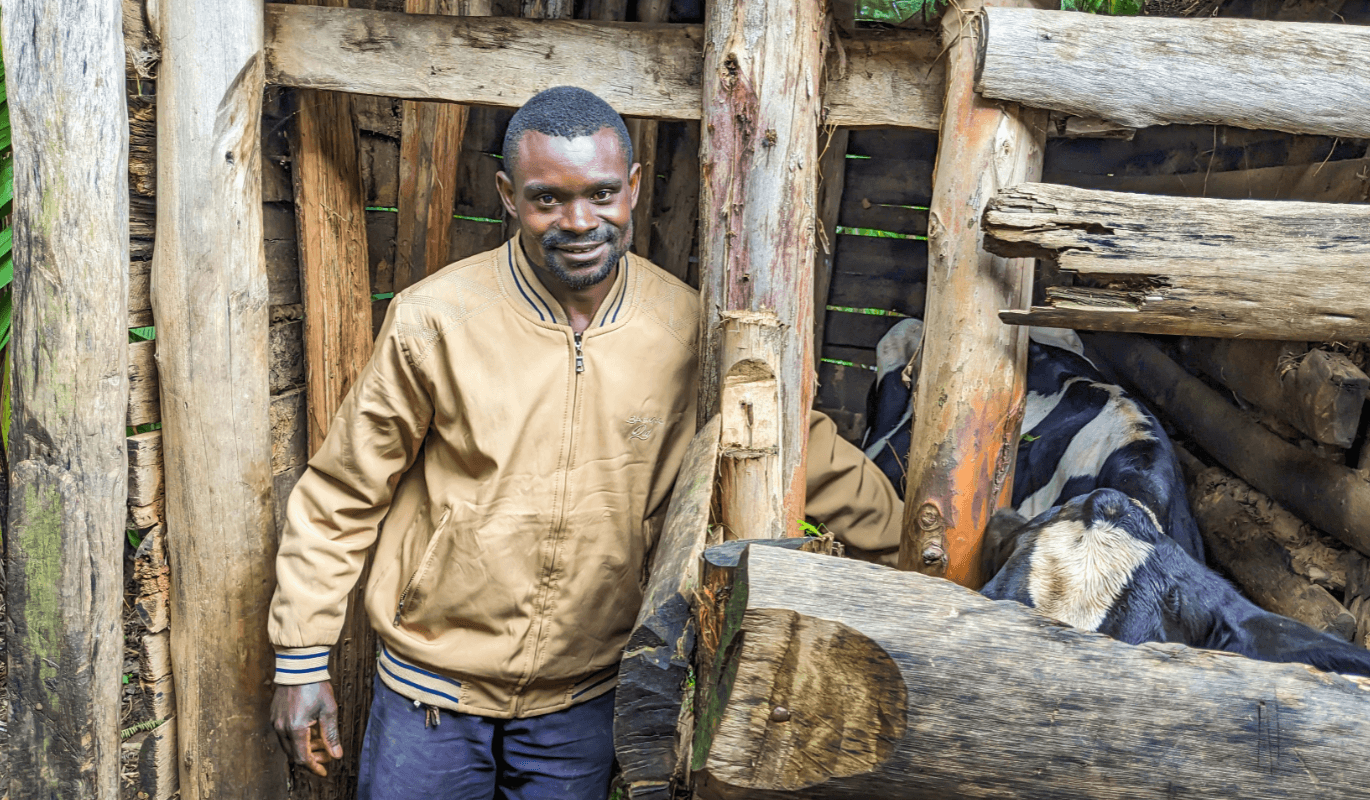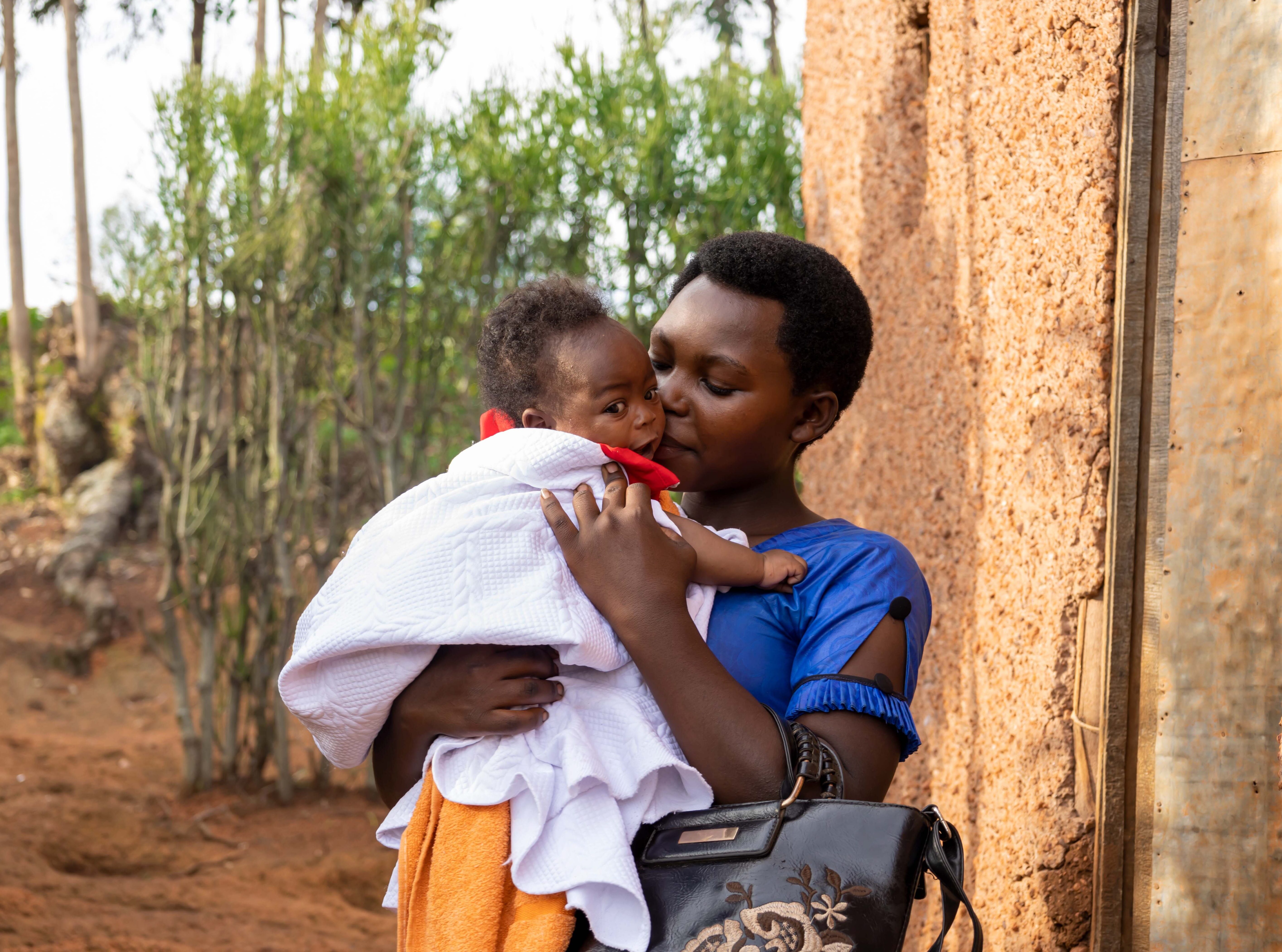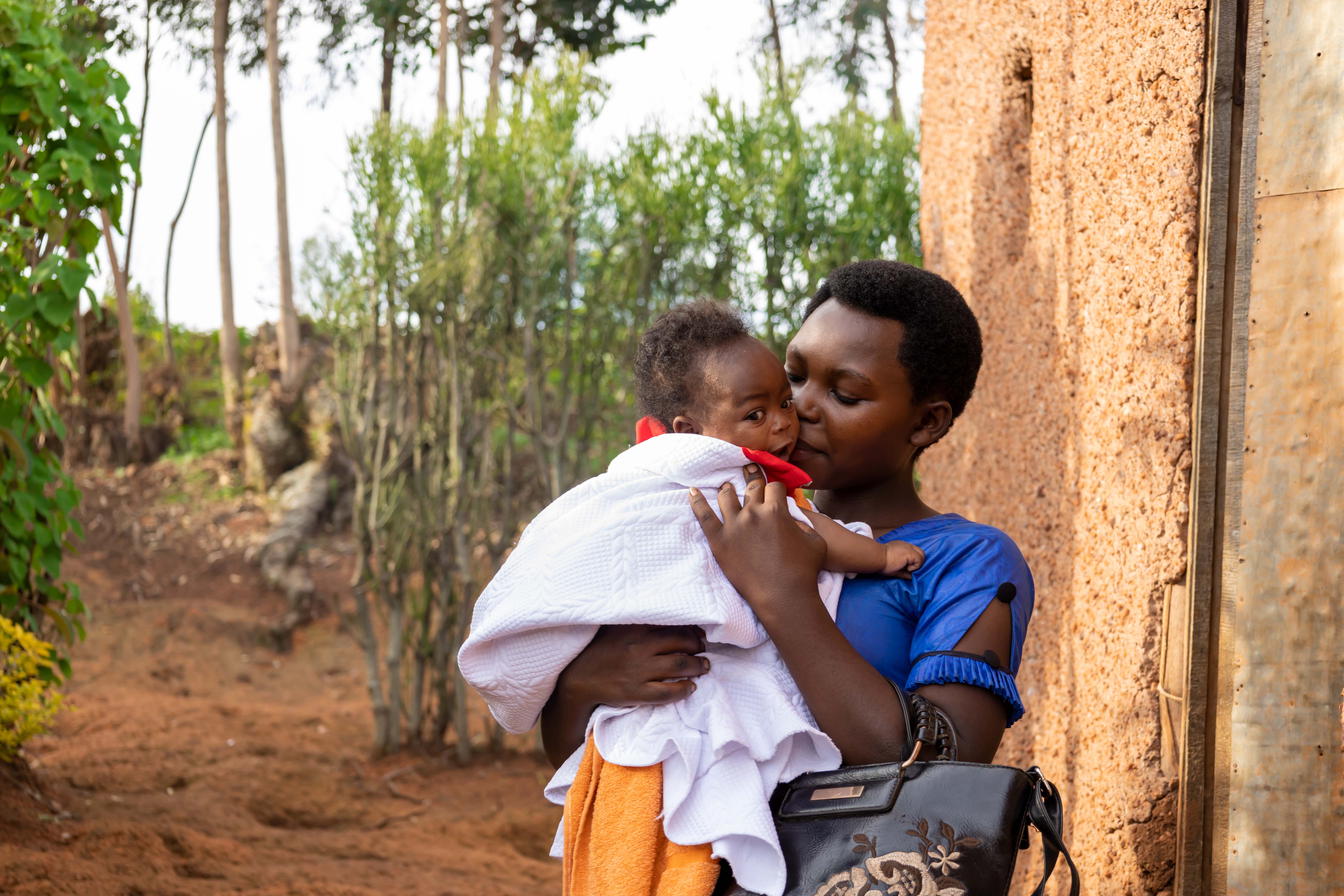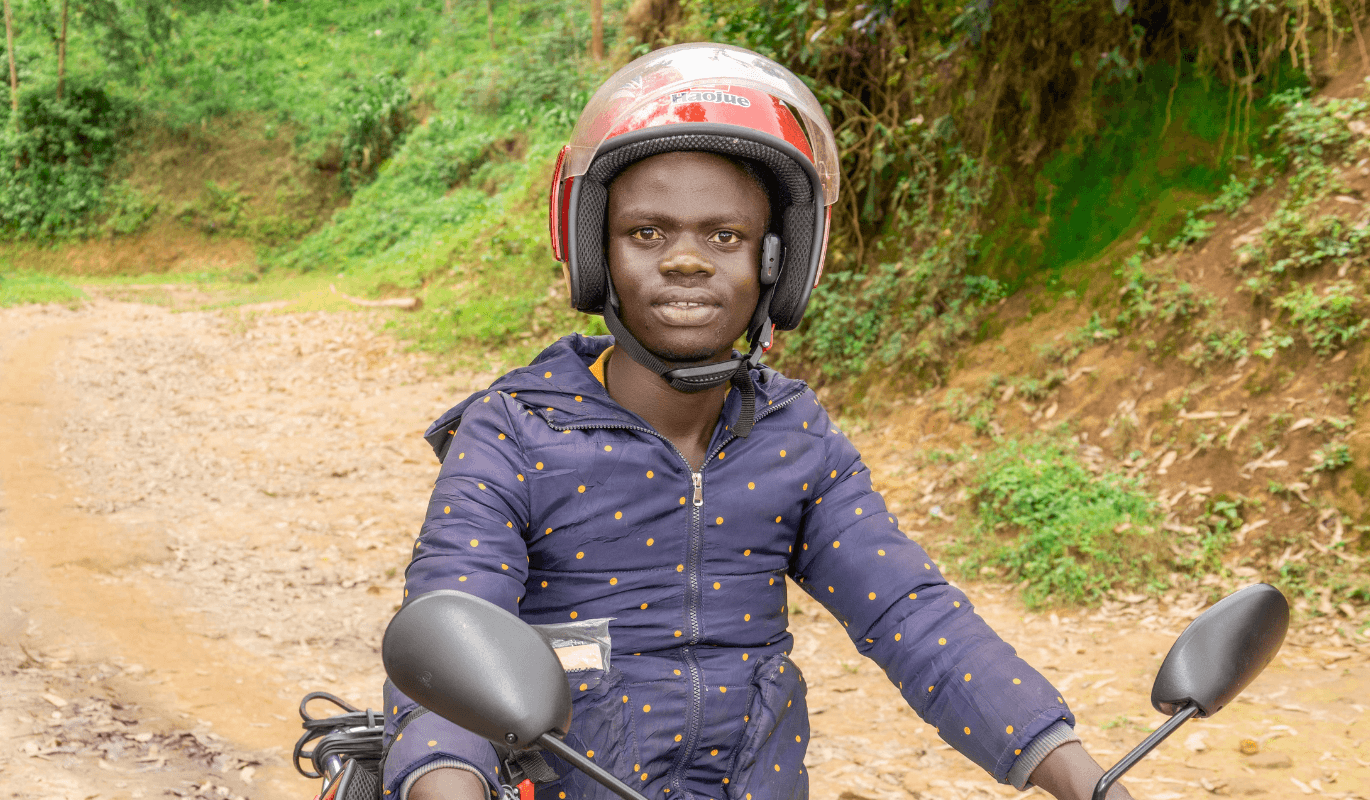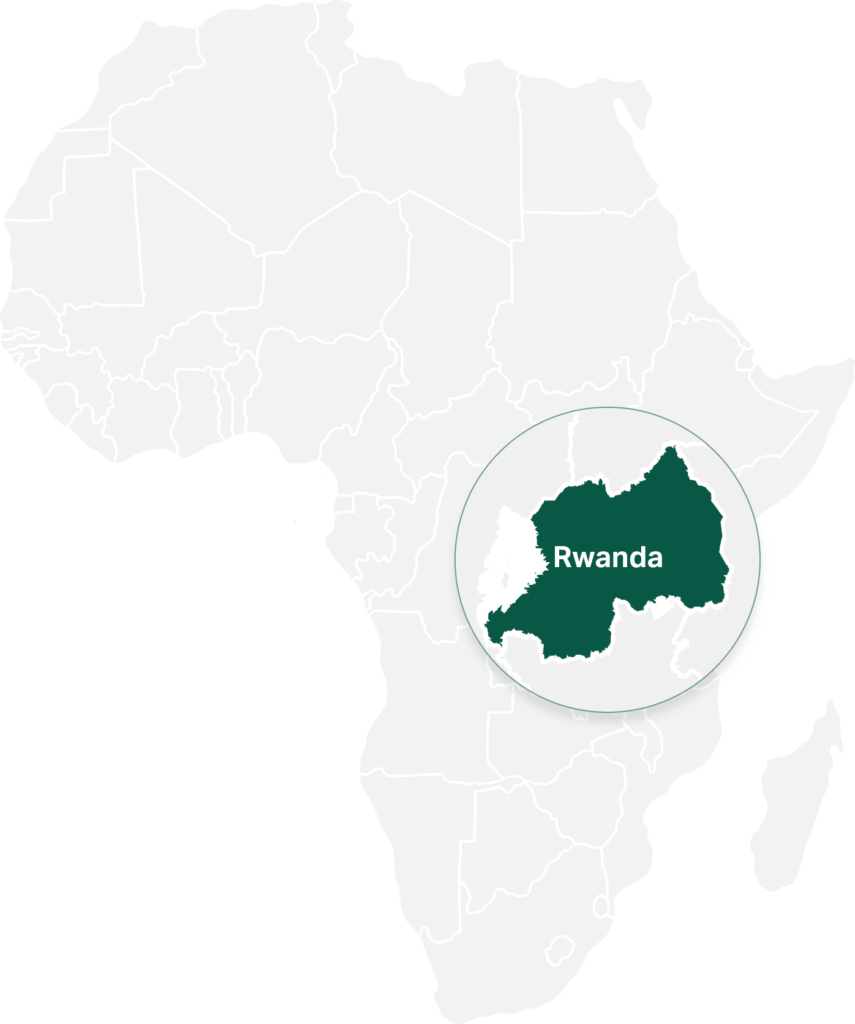
Our aim is to help lift every person in Rwanda above the extreme poverty line.
Cash transfers in Rwanda have measurable impacts on food security, youth employment, and sustainable self-reliance, among other positive outcomes.
FEATURED ACTIVE Programs
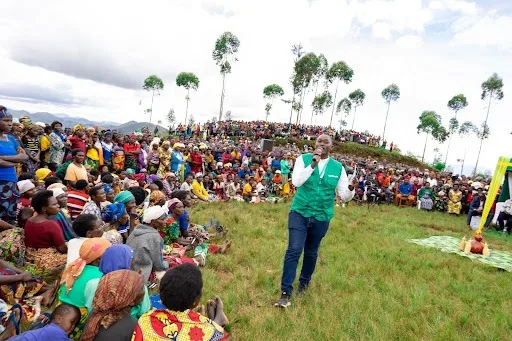
Large transfer
Poverty Eradication – Habwa Wigire
Ongoing program launched in 2023 to deliver large, one-time cash transfers to the poorest households, youth, and teen mothers in Gasabo, Musanze, Nyanza, Kayonza, and Rusizi.
Hear about how cash empowers young adults in Rwanda here →
Transfer Size
$550 one-time transfer per person
Recipients Reached
22,687 households, 5,893 youth, and 192 teen mothers
Outcomes
Preliminary results indicate that these transfers have enabled recipients to move toward more sustainable livelihoods, potentially lifting them out of poverty in the long term. Notable outcomes include an increase in food security from 26% to 72%, greater healthcare access reaching 95%, and a rise in school attendance to 81%. Additionally, there was a significant shift from seasonal to full-time youth employment, with full-time employment increasing from 17% to 58%.
Further information on outcomes will be made available as the program continues.
Partners
Government of Rwanda
FEATURED PAST Programs
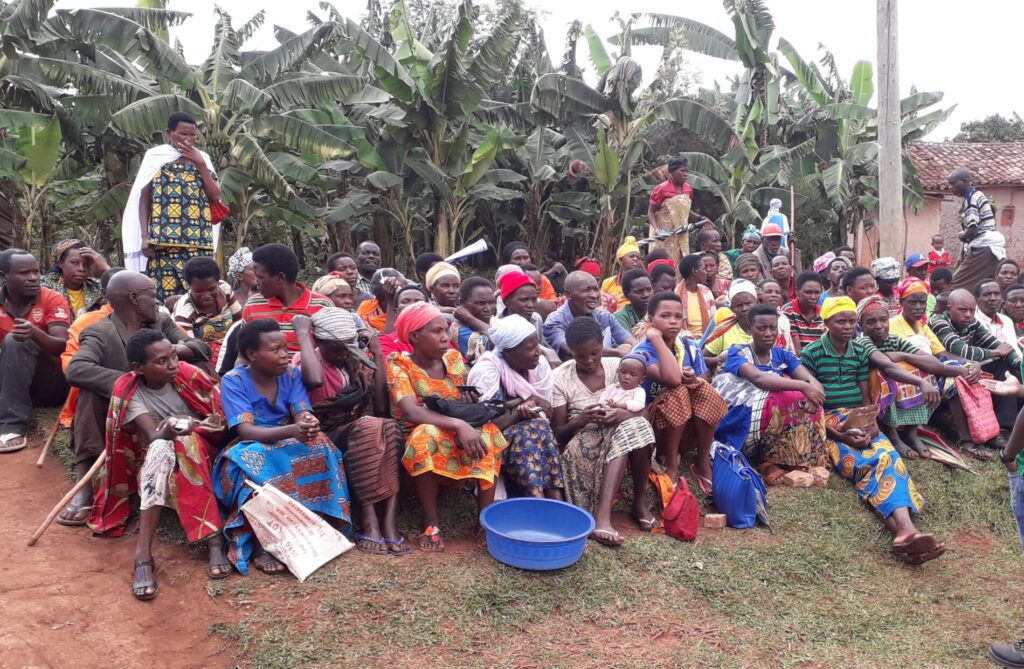
Large transfer
Poverty Eradication – Kungahara
Program launched in 2016 to deliver large, one-time cash transfers to the poorest households in Gicumbi, Ngoma, Gisagara, Nyamagabe, and Ngororero.
Transfer Size
~$797
Households Reached
65,128
Outcomes
This cash transfer model draws on a large body of evidence demonstrating that large cash transfers have a significant positive impact on the lives of people in poverty. Through a village saturation approach in which every household in a target region receives cash, recipients have reported increased savings, essential assets and improved homes, school enrollment for children, health insurance enrollment, and more. Specifically, savings tripled in Gisagara, while food insecurity fell from 67% to 2% and access to electricity rose from 31% to 69% in Nyamagabe.
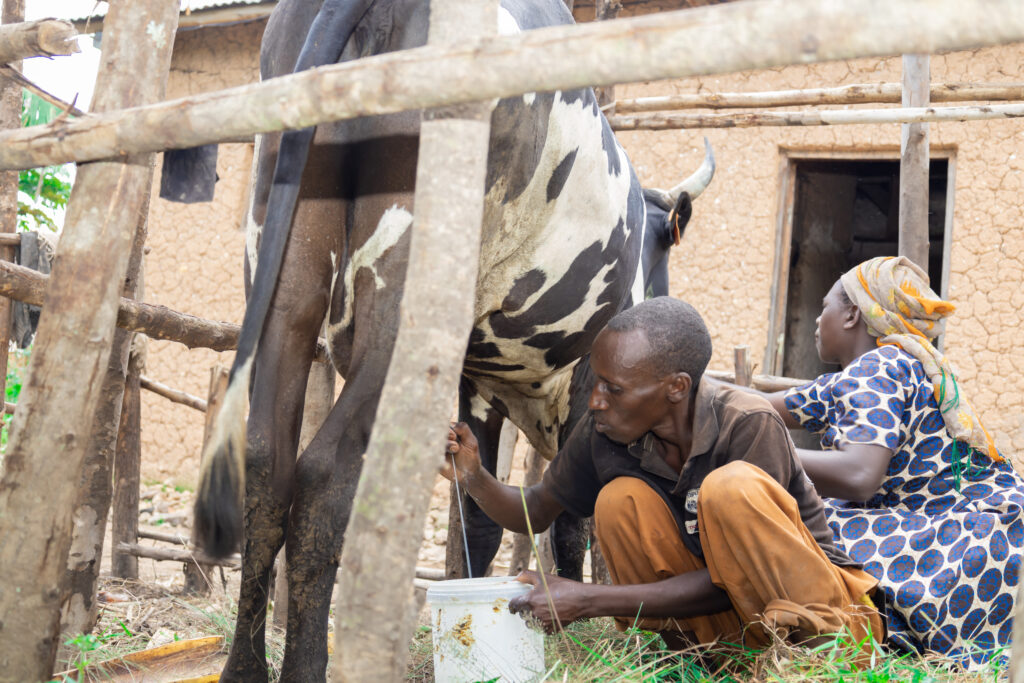
CASH BENCHMARKING
Cash+ Nutrition Benchmarking
2018 program comparing the cost-effectiveness (impact per dollar) of the Gikuriro nutrition intervention against small cash transfers paired with the nutrition intervention and large cash transfers alone.
Transfer Size
Groups in the cash transfer arm received either ~$110 or ~$517. The nutrition program was valued at $142 based on the costs of administration.
Households Reached
3,000
Outcomes
Large cash transfers had significant positive impacts on food security and nutrition compared to small cash transfers or non-cash nutrition interventions.
Neither the traditional program nor cost-equivalent cash transfers of ~$110 affected the study’s primary outcomes, but a larger cash transfer of ~$532 improved consumption, dietary diversity, and childhood growth 12 months after the baseline survey. For secondary outcomes studied, the smaller cash transfer program decreased debt and increased assets, while the nutrition program increased savings.
Partners
Google.org, USAID
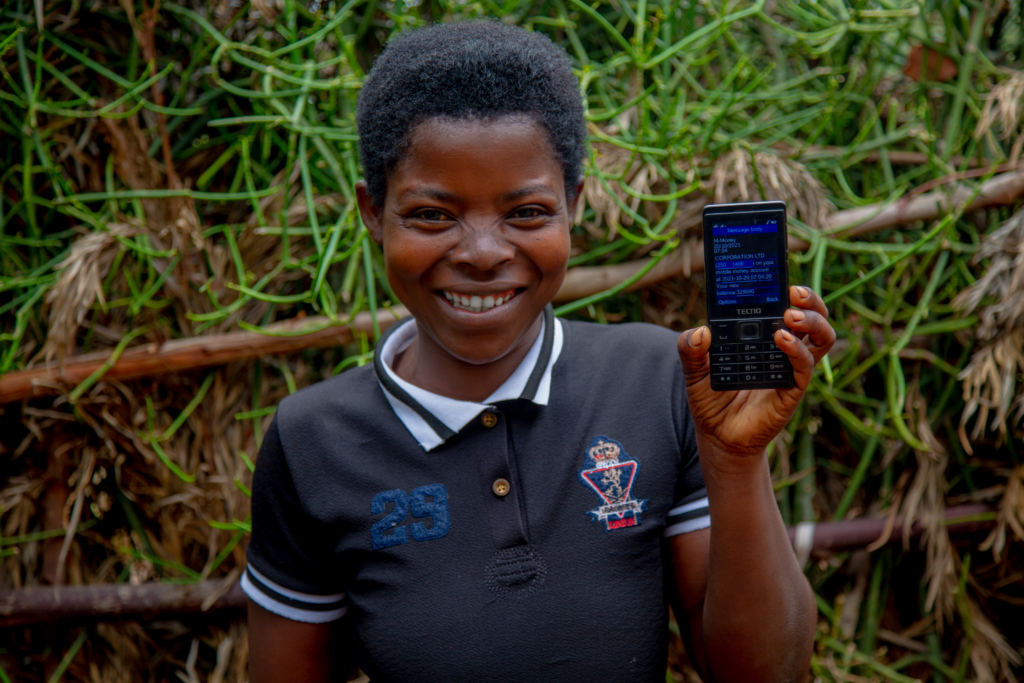
CASH BENCHMARKING
Cash+ Youth Employment Benchmarking
2019 program comparing the impact and efficiency of the Huguka Dukore workforce readiness program against small cash transfers paired with the workforce readiness program and large cash transfers alone.
Transfer Size
Groups in the cash transfer arm received $410. The employment program was valued at $332 based on the costs of administration.
Households Reached
875
Outcomes
At the 18-month endline, the study found that cash had stronger impacts across economic outcomes including consumption, productive hours, income, productive assets, livestock, savings, and subjective well-being. The workforce readiness training also increased productive hours, assets, savings, and well-being, but outperformed cash only in producing business knowledge.
After 3.5 years, both programs continued to show positive effects with cash transfers still showing larger overall effects. Following the economic shocks of the COVID-19 pandemic, impacts across both programs faded by roughly one-half compared to the 18-month endline, eliminating the statistically significant differences in impact between the two. There was no evidence that combining cash with workforce training had a greater impact than either intervention on its own.
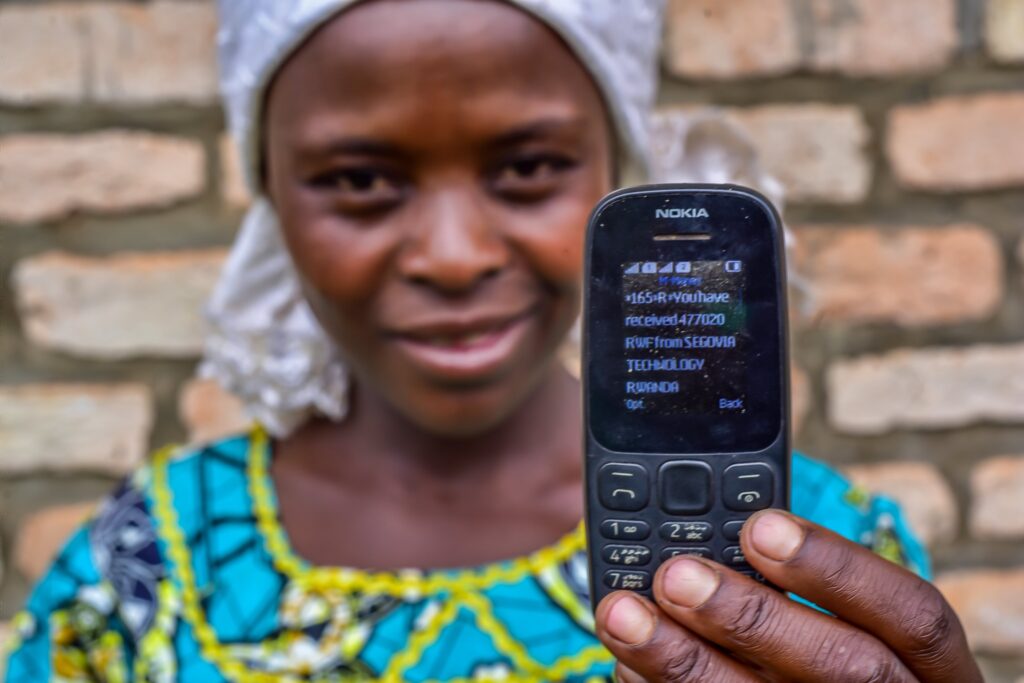
REFUGEES
Self-Reliance for Refugees
2019-2020 program in Mugombwa to test whether delivering large, one-time cash transfers accelerate refugees’ path towards self-reliance when compared to monthly subsistence payments or in-kind aid.
Transfer Size
~$720
Households Reached
2,264, including both refugees and host households
Outcomes
Cash transfers generated a wide-range of positive outcomes and immediate improvement in recipients’ lives: Post transfers i) 100% of surveyed recipients reported increases in assets, ii) 98% of surveyed recipients reported increases in income, iii) 81% of surveyed recipients reported using the transfer to pay down debt and iv) 70% of surveyed recipients reported increases in day to day consumption and spending.
Cash transfers have the potential to accelerate the path towards self-reliance: 60% of transfers were spent on long-term investments, providing a plausible path to sustainable self-reliance.
Cash transfers offer recipients the flexibility to adapt to and withstand shocks (e.g. COVID-19): Almost all refugees used part of pre-existing support (including but not limited to GiveDirectly cash transfers) as coping mechanisms to cover immediate needs resulting from the outbreak of COVID-19.
Partners
Government of Rwanda, United Nations High Commissioner for Refugees
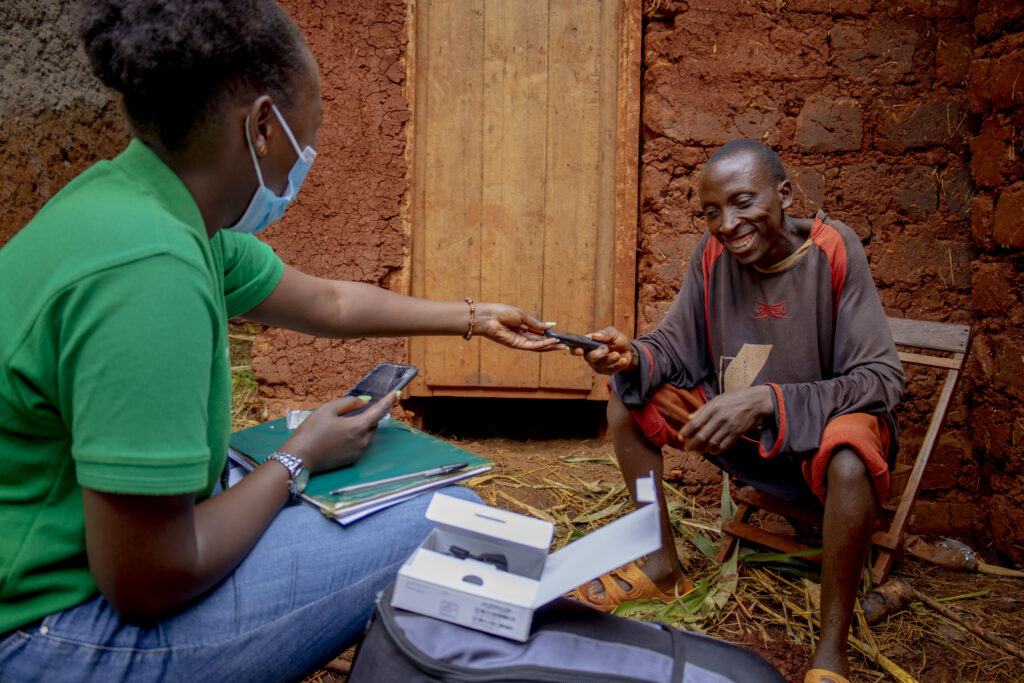
EMERGENCY RELIEF
COVID-19 Emergency Relief
2020 program aimed at preventing vulnerable households in urban areas from falling into or further into poverty due to the economic impacts of the pandemic.
Transfer Size
$150 via mobile money
Households Reached
92,292, of which 89% were women
In the News
Rwandan families are using cash to transform their lives.
Poverty in Rwanda
Fifty-two percent of Rwanda’s population lives below the international extreme poverty line, highlighting the substantial support needed to address the country’s socio-economic challenges. The Rwandan government made significant progress between 2008 and 2015, and to accelerate growth, has introduced a National Strategy for Transformation (NST1) in 2017 with the goal of eradicating extreme poverty by 2024. However, further progress has been hampered by the economic shocks of COVID-19, widespread food insecurity, and lack of access to capital.
In response to the slowdown, the Rwandan government has recently announced its National Strategy for Sustainable Graduation (NSSG) aimed at empowering people to graduate from poverty. Cash transfers are featured as the first pillar in the NSSG, followed by multifaceted socio-economic services and training.
The World Bank’s Human Capital Index (HCI) scores Rwanda at 0.38, slightly above the average for low-income countries but below average for Sub-Saharan Africa.
Sources: Our World in Data, World Bank

We have been working with GiveDirectly since 2016 to test and target [cash transfers] with good results. The traditional way of supporting vulnerable groups is giving them something, deciding where they put it and how they use it. But out of 10 [recipients], 3 benefit. Giving cash to people, 7 or 8 out of 10 benefit and you see the transformation beginning to take place.

Paul Kagame
President of Rwanda
